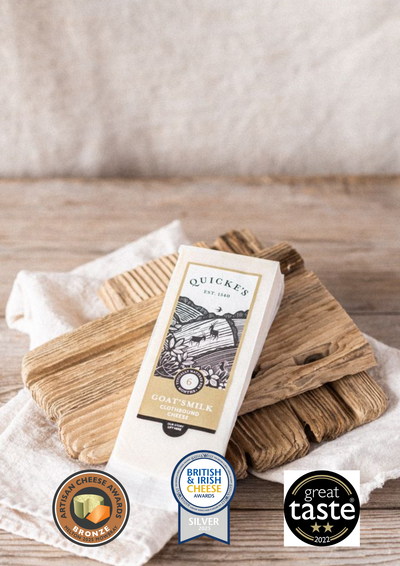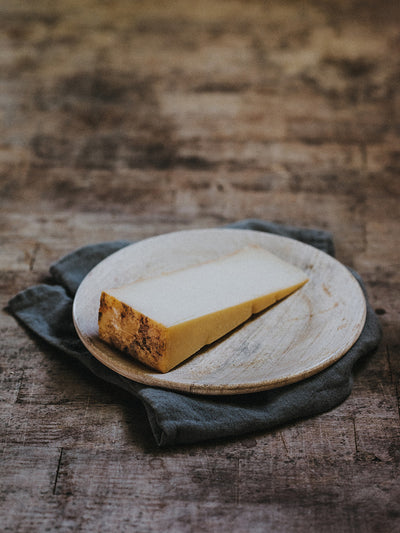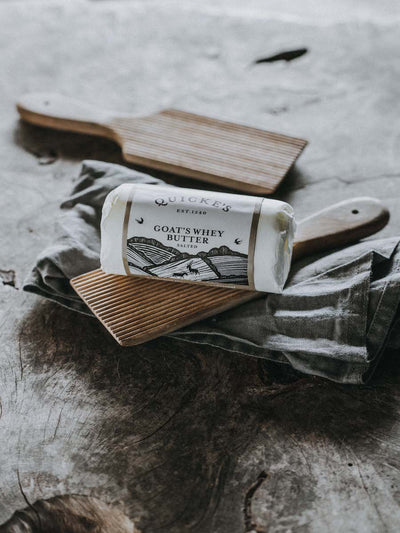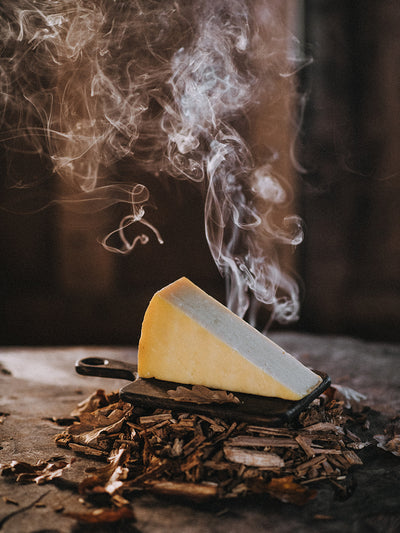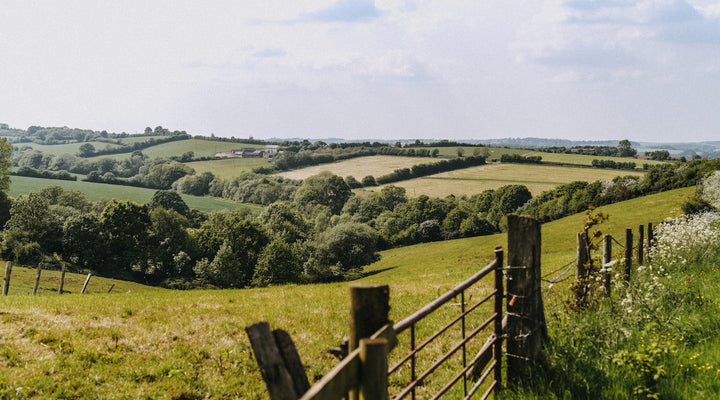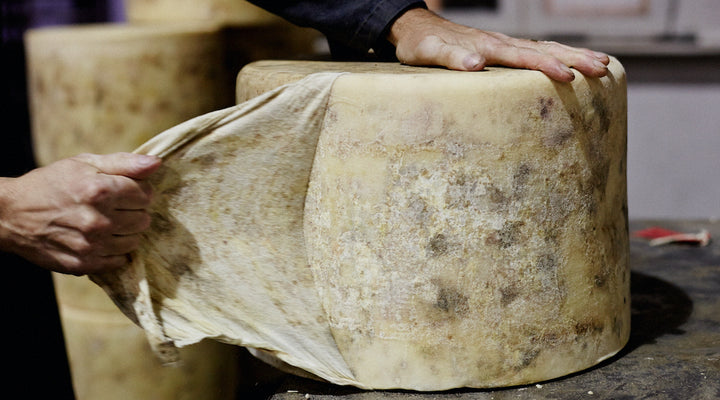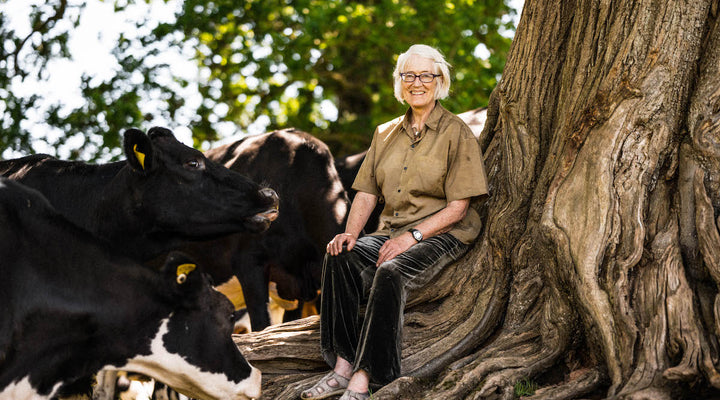In the 1880s an ancestor of mine on the farm sowed acorns on half of our land area. My father, who’d be 101 if he was alive now, remembered talking when he was a little boy, to an old man, the village cobbler, who when he was a little boy had led the cart horse that had sowed the acorns that turned farmland into woodland. The trees were grown for charcoal and tannin. The Canadian Pacific Railway had opened up the prairies of America. The virgin prairies with their deep soils full of organic matter grew crops so well and brought cheap grain that made farming in our little fields in Britain not viable. It was an early reforestation, or rewilding. It was a dramatic change, borne out of tough times
Fast forward to now, and the hard issue is how we are to be responsible for climate change. Those woodlands are busy sequestering carbon in the cathedral quiet of the woods. We’ve worked out they are helping us sequestering 84% of the carbon emissions from our farm. They are taking carbon dioxide out of the atmosphere and putting it into trees, leaf litter and the peat layer the soil below and all the myriad networks of mycorrhizae and all the life they support in the soil. The amount they take out nearly matches the carbon dioxide equivalent of the methane the cows burp.
The most exciting area is in the soil organic matter. The grass, clover and other plants in our permanent pasture add to the organic matter in the soil, almost as much as under woodland. We are gradually raising organic matter in our arable fields, with manure and grass and red clover as a rest from cropping every few years. They restore the organic matter that arable crops harvest, visibly reviving tired soil. We are measuring what’s happening and can see this is a route to achieving net zero. We’re bedding our calves on wood chip from our woods, composting the result and spreading that on the land further adding to the soil reservoir of organic matter. Our target is carbon neutral by 2030 and we can see the route.
All that soil organic matter drives better grass and crops for the animals, healthier animals that live longer. Our hedges, margins, orchards and beetle banks take out more. The fields where the milk comes from and the woodlands that surround them give us comfort and ease in enjoying the cheese
The Farm Carbon Calculator produced by Duchy College guides us as we grapple with the numbers from the crops we grow and how we grow them, the inputs we use, what we recycle, the buildings we have and the animals we have, and the energy we use and produce. We look at what we emit directly, what others emit for the things we use on the farm, and also what gets emitted up and down the chain from us. On the other side, we look at the field margins, hedges, beetle banks, orchards, the different species of trees, and the soil organic matter in our fields. This is the second year we’ve done the calculation. We’ll go on learning how we can farm better for our soils, our animals, our cheese and for the health of the planet.
You can see the numbers below:


